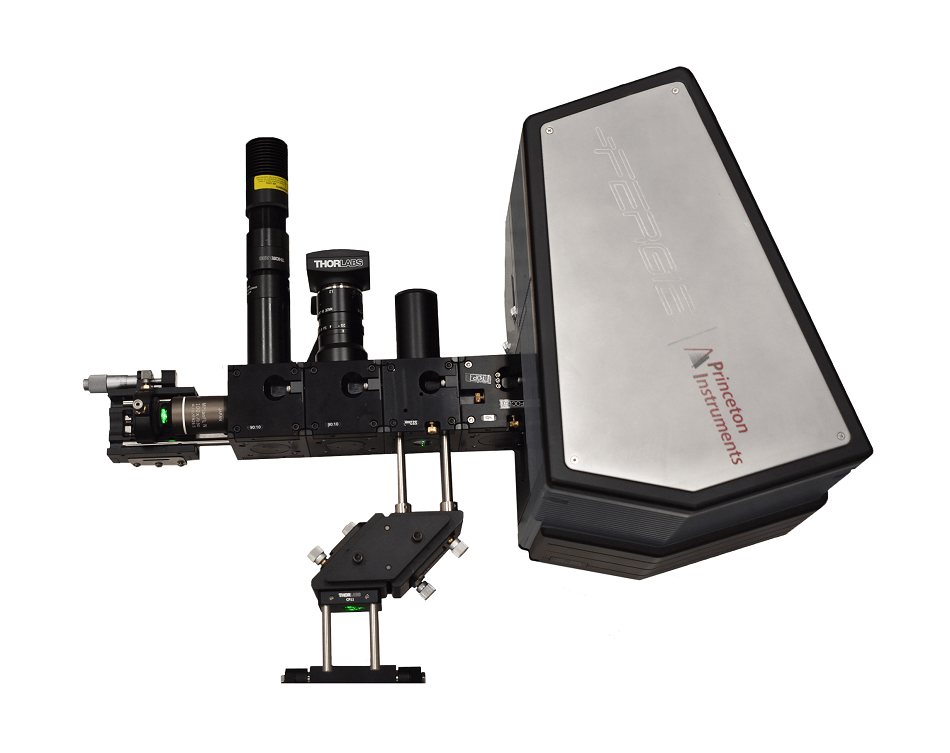
Princeton Instruments, a world-renowned manufacturer of scientific cameras and spectroscopy equipment, is pleased to announce the immediate availability of 532 nm Raman accessories for its popular and easy-touse FERGIE spectrometer product line.
As the only aberration-free spectroscopy system on the market today, FERGIE has received numerous accolades from academic and industrial users alike for its outstanding results. The system’s unique optical design and innovative, modular CUBE accessories enable users to perform high-precision Raman, fluorescence, absorption, and transmittance/reflectance measurements with ease.
FERGIE provides a carefully conceived ecosystem that not only allows researchers to design an experiment quickly but also to switch between different experiments in minimal time. We’re now expanding the system’s ecosystem by adding a set of 532 nm accessories, including f-matched Focusing CUBES as well as Raman CUBES with fully aligned Raman notches and clean-up filters. FERGIE makes it easier than ever to conduct even challenging Raman measurements on inorganic and semiconductor materials.
Peng Zou, FERGIE Product Manager, Princeton Instruments
Raman measurements at 532 nm offer better sensitivity with a higher Raman cross-section compared to Raman ���� measurements at 785 nm or longer wavelengths. The 532 nm excitation wavelength also delivers higher spatial resolution for Raman microscopy measurements, making it ideal for carbon materials (e.g., graphene and carbon nanotubes) and other thin film material characterization. In contrast, the 785 nm excitation wavelength is preferred for organic and biological samples that have fluorescence background. FERGIE is the perfect choice for both 532 nm and 785 nm Raman applications.
To learn more about the new 532 nm Raman accessories as well as other FERGIE system accessories, please contact Princeton Instruments or one of its local sales offices — or visit www.fergiespec.com.